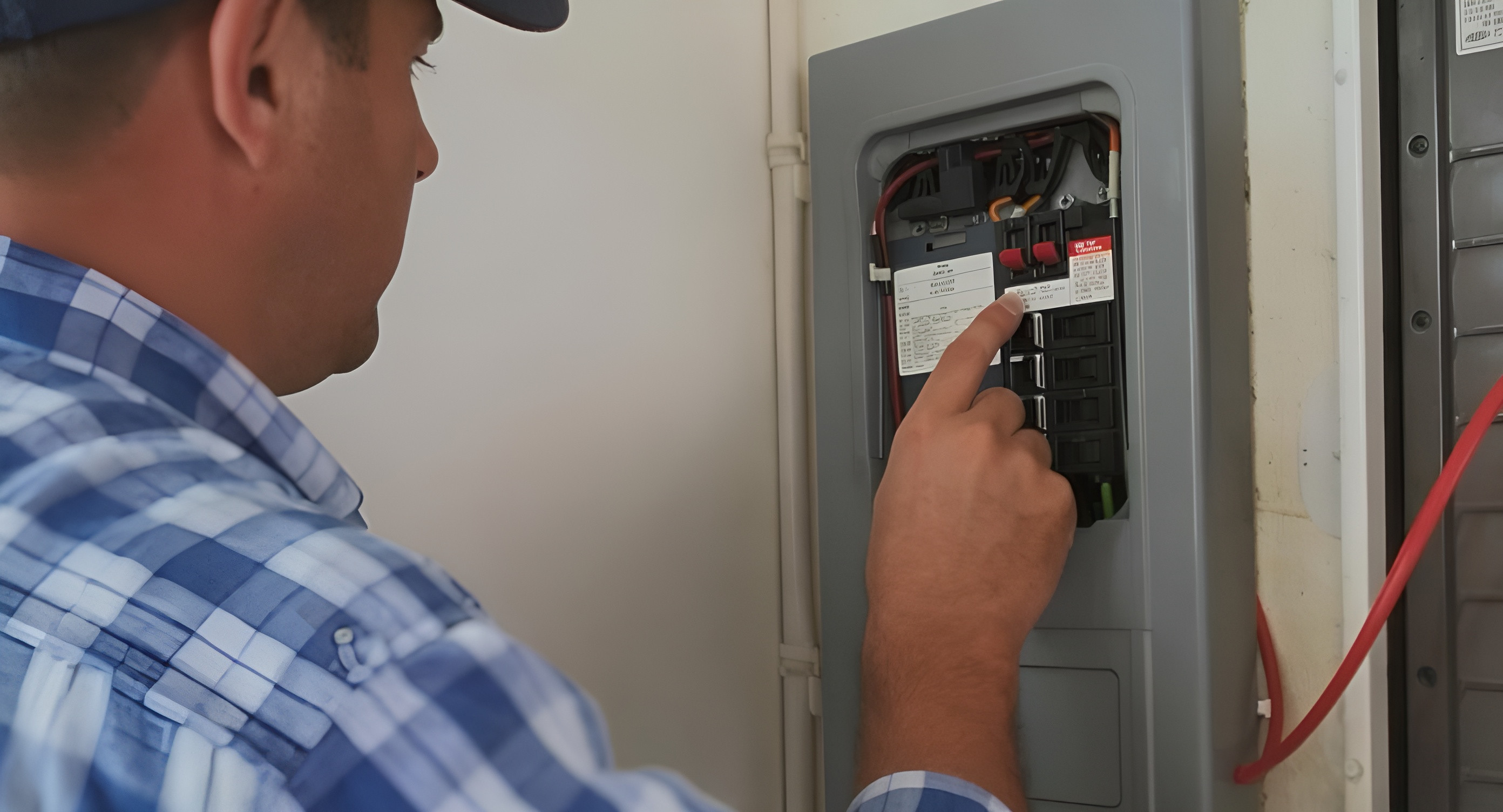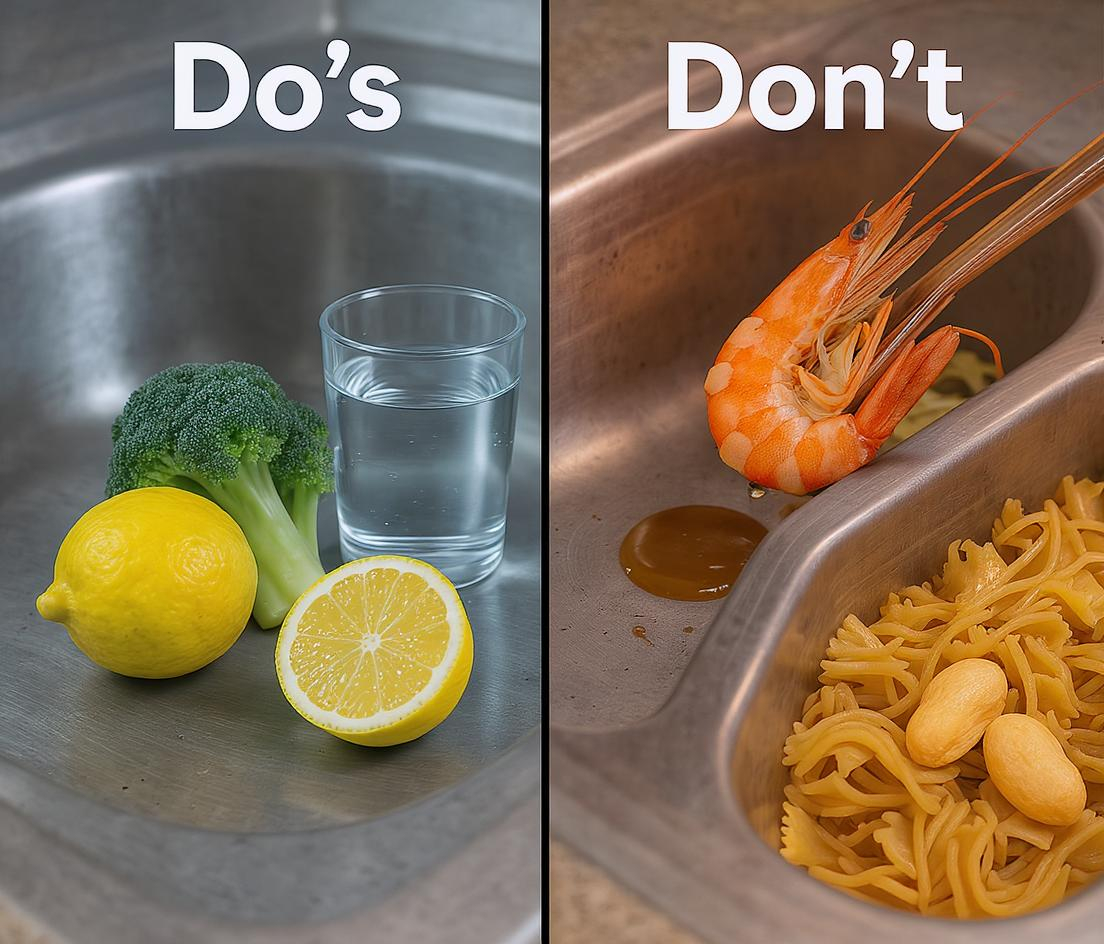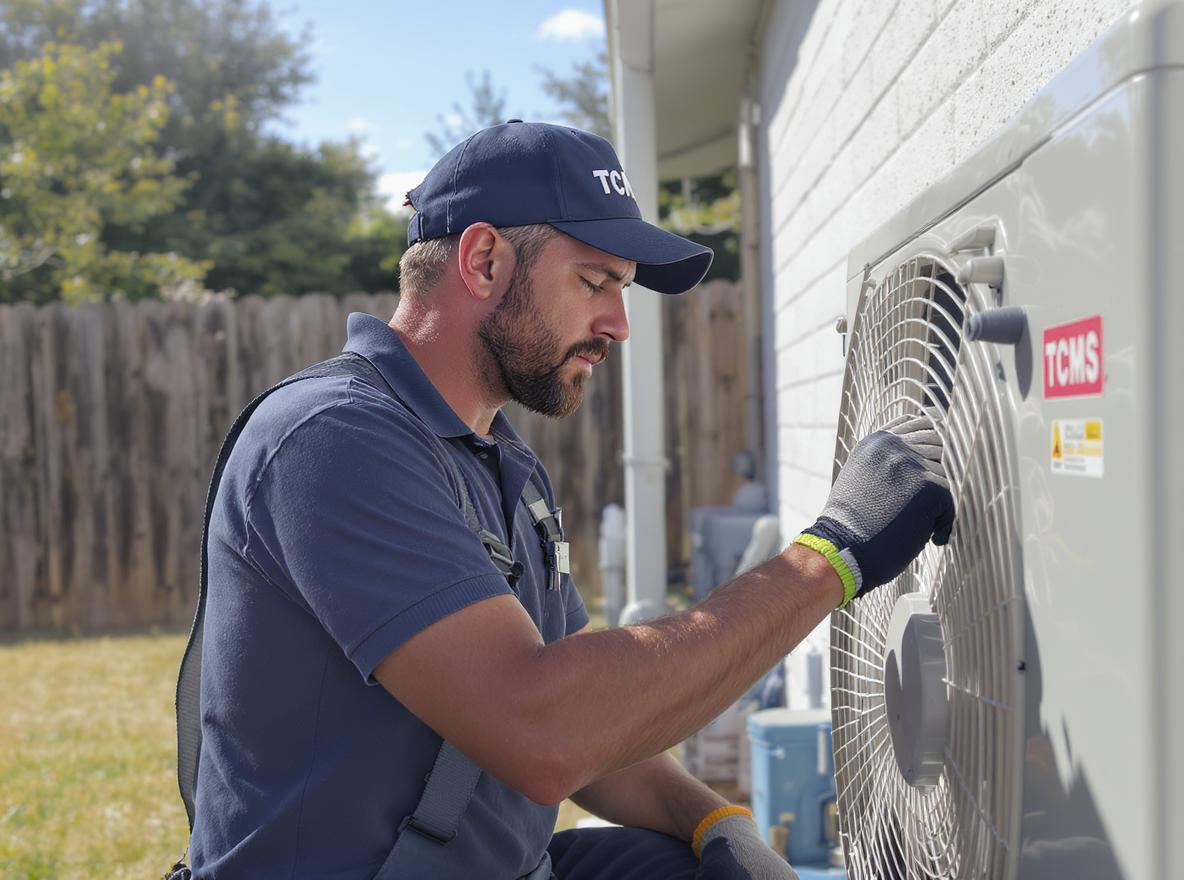Heating and cooling your commercial building uses more energy and drains more energy dollars than any other system in your building. Approximately 35 - 40% of your energy costs go to heating and cooling. No matter what kind of heating, ventilation and air-conditioning system you have in your commercial building, you can save money and increase comfort by properly maintaining and upgrading your equipment.
Remember, though: an energy efficient furnace or air-conditioner alone will not have as great an impact on your energy bills as using the whole house approach. By combining proper equipment maintenance and upgrades with appropriate insulation, weatherization and thermostat setting, you can cut your energy bills in half.
Here are some tips for reducing heating and cooling costs in your commercial building:
Commercial Heating Tips
- Set your thermostat as low as it is comfortable.
- Clean or replace furnace filters once a month.
- Clean warm-air registers, baseboard heaters and radiators as needed; make sure they're not blocked.
- Use ventilating fans wisely; in just one hour, these fans can pull out a houseful of warmed or cooled air. Turn fans off as soon as they have done the job.
- During the heating season to allow sunlight to enter and heat the building interior.
- Close off unoccupied areas or units that are isolated from the rest of the building and turn down the thermostat or turn off the heating for that area or zone. Do not, however, turn the heating off if it adversely affects the rest of your system.
Installing Energy-efficient Heat Pumps
A heat pump can trim the amount of electricity you use for heating as much as 30% to 40%. If you use electricity to heat your building, consider installing an energy-efficient heat pump system.
Heat pumps are the most efficient form of electric heating in moderate climates, providing three times more heating than the equivalent amount of energy they consume in electricity.
There are three types of heat pumps:
- air-to-air
- water source
- ground source
They collect heat from the air, water or ground outside your building and concentrate it for use inside. Heat pumps do double duty as a central air conditioner. They can also cool your building by collecting the heat inside your building and effectively pumping it outside.
Heat Pump Tips
- Do not set back the heat pump's thermostat manually if it causes the electric resistance heating to come on. This type of heating, which is often used as a backup to the heat pump, is more expensive.
- Clean or change filters once a month or as needed and maintain the system according to manufacturer's instructions.
Using Gas and Oil Heating Systems
Gas furnaces are rated for efficiency with an Annual Fuel Utilization Efficiency number, or an AFUE. The higher the AFUE, the more efficient the furnace. AFUE numbers in today's furnaces range from 0.78 to around 0.90.
The AFUE rating for an all-electric furnace or boiler is between 95% and 100%. The lower values are for units installed outdoors because they have greater jacket heat loss.
However, despite their high efficiency, the higher cost of electricity in most parts of the country makes all-electric furnaces or boilers an uneconomic choice. If you are interested in electric heating, you might consider installing a heat-pump system.
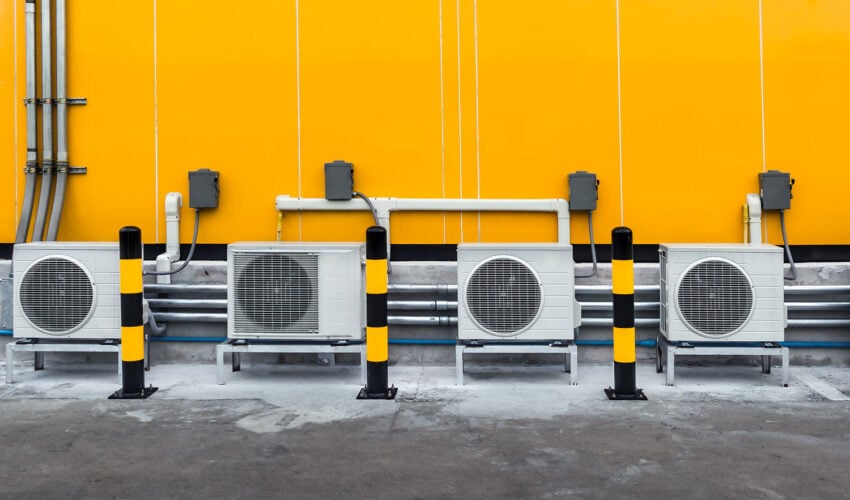
Using a Programmable Thermostat
Consider installing a programmable thermostat. You can save as much as 10% a year on your heating and cooling bills by simply turning your thermostat back 10% to 15% for 8 hours with an automatic setback or programmable thermostat.
Using a programmable thermostat you can adjust the times you turn on the heating or air-conditioning according to a pre-set schedule. As a result, you don't operate the equipment as much when the building is unoccupied.
Programmable thermostats can store and repeat multiple daily settings (six or more temperature settings a day) that you can manually override without affecting the rest of the daily or weekly program.
When purchasing a new thermostat, look for the ENERGY STAR label (www.energystar.gov) and one that allows you to easily use two separate programs:
- An "advanced recovery" feature that can be programmed to reach the desired temperature at a specific time
- A hold feature that temporarily overrides the setting without deleting preset programs.
Air Conditioners
It might surprise you to know that buying a bigger room air-conditioning unit won't necessarily make you feel more comfortable during the hot summer months. In fact, a room air conditioner that's too big for the area it is supposed to cool will perform less efficiently and less effectively than a smaller, properly sized unit.
This is because room units work better if they run for relatively long periods of time than if they are continually switching off and on. Longer run times allow air conditioners to maintain a more constant room temperature. Running longer also allows them to remove a larger amount of moisture from the air, which lowers humidity and, more importantly, makes visitors feel more comfortable.
SEER is the Seasonal Energy Efficiency Rating. SEER rates the efficiency during the cooling season. Look for a SEER rating of 13 or above.
Evaporative Coolers
Evaporative coolers may be installed as an alternative to air conditioning, particularly in climates with very dry air. Evaporative coolers provide mechanical cooling to a building by either direct contact of air with water (direct evaporative cooler) or a combination of a first-stage heat exchanger to pre-cool the air and a second stage with direct air contact with water (indirect/direct evaporative cooler).
Cooling Tips
- Fans help cool your building by pulling cool air through the building and exhausting warm air through the attic. They are effective when operated at night and when the outside air temperature is cooler than the inside.
- Set your thermostat as high as comfortably possible in the summer. The less difference between the indoor and outdoor temperatures, the lower your overall cooling bill will be.
- Don't set your thermostat at a colder temperature setting than normal when you turn on your air conditioner. It will not cool your building any faster and could result in excessive cooling, therefore incurring unnecessary expense.
- Set the fan speed on high except in very humid weather. When it's humid, set the fan speed on low. You'll get better cooling.
- Consider ceiling fans to spread the cooled air more effectively through your building without greatly increasing your power use.
- Plant trees or shrubs to shade air-conditioning units but not to block the airflow. A unit operating in the shade uses as much as 10% less electricity than the same one operating in the sun.
Purchasing A New Heating and Cooling System
All major appliances including gas furnaces, boilers, air conditioners and heat pumps sold in California meet the Title-24 energy efficiency "standards." If you are thinking about purchasing a new central furnace, please contact TCMS today. We can often leverage our network and relationships to find the equipment you need below the market price.

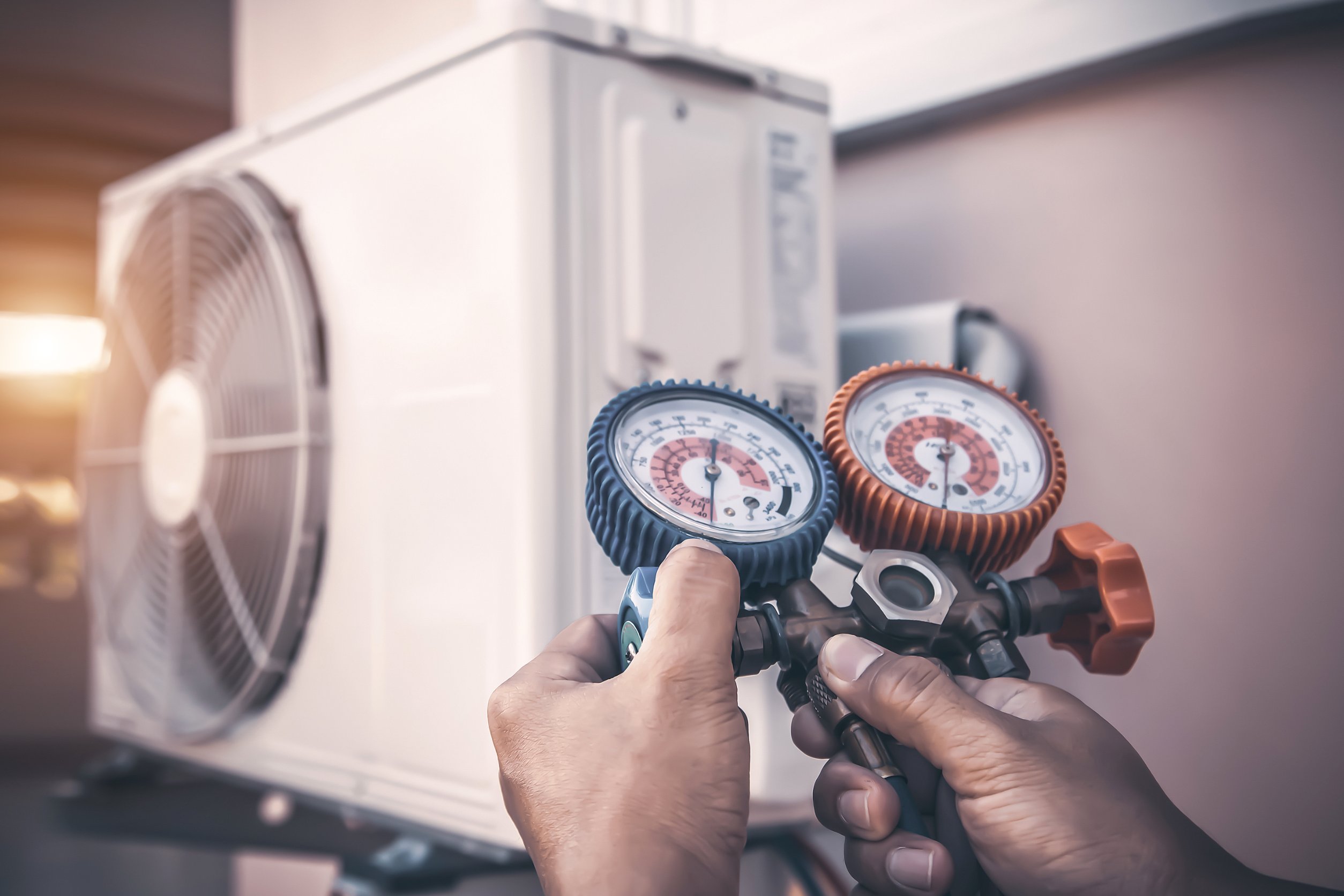

.png)
